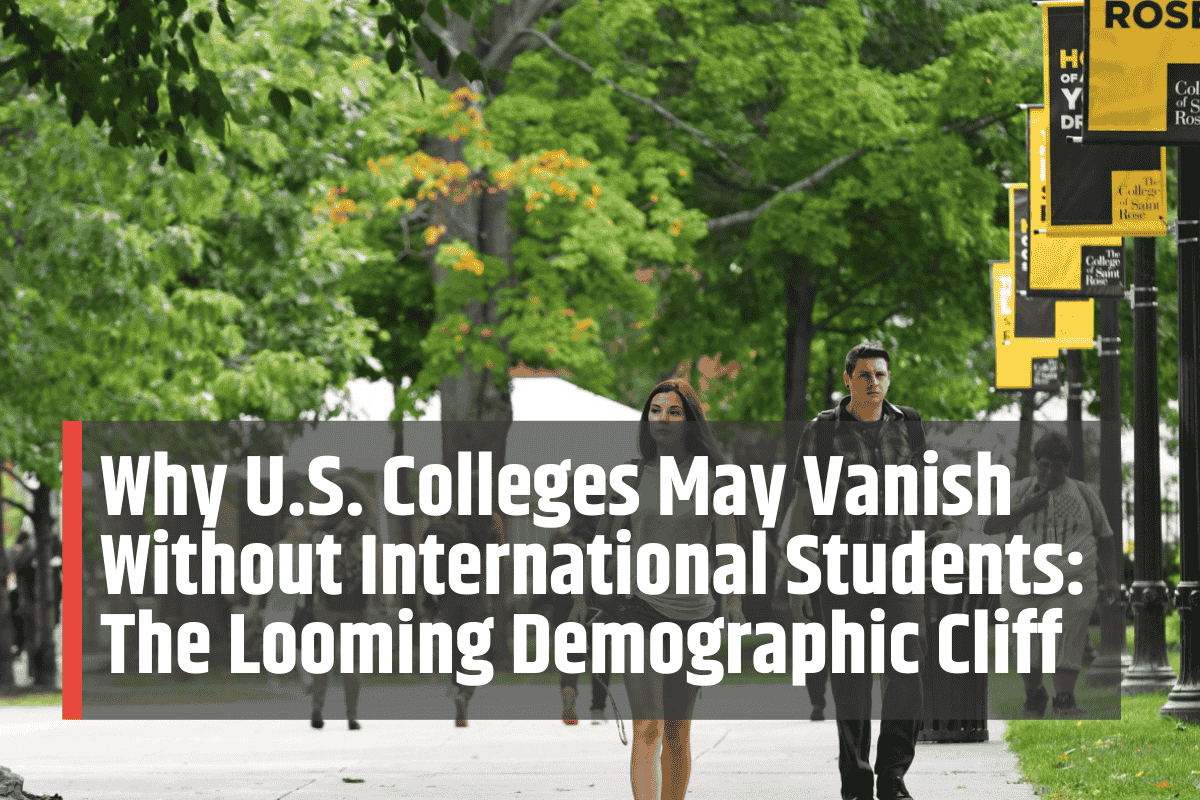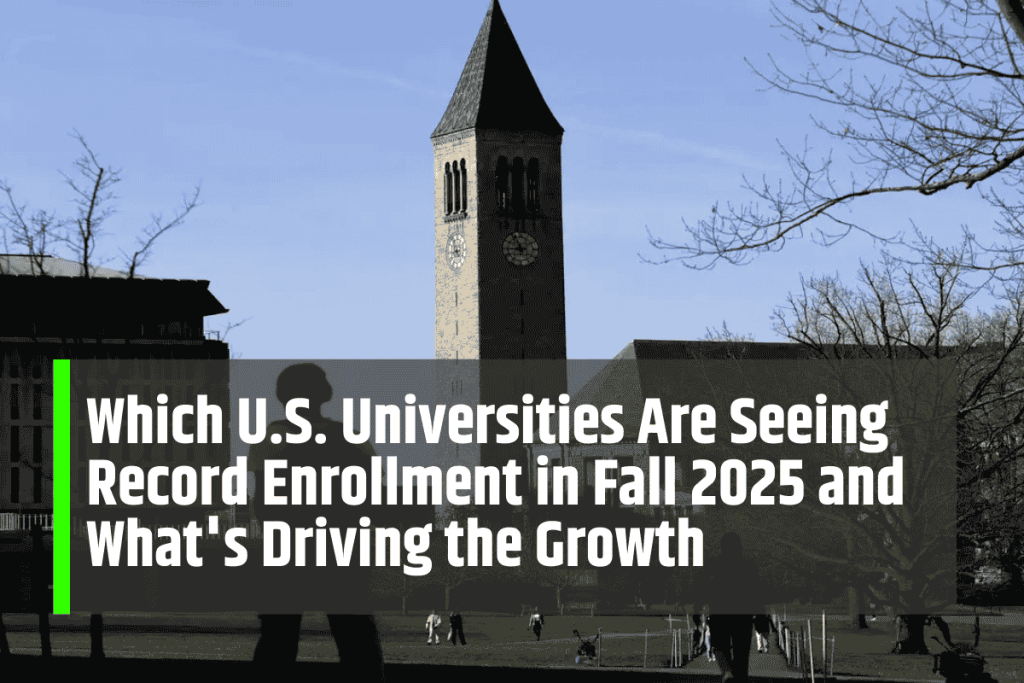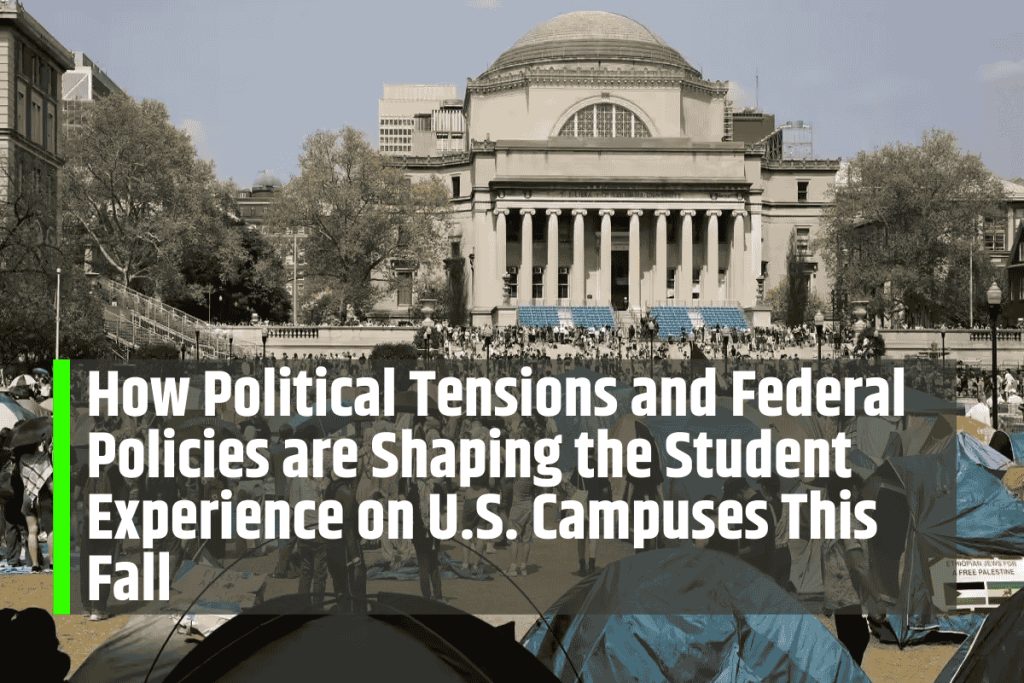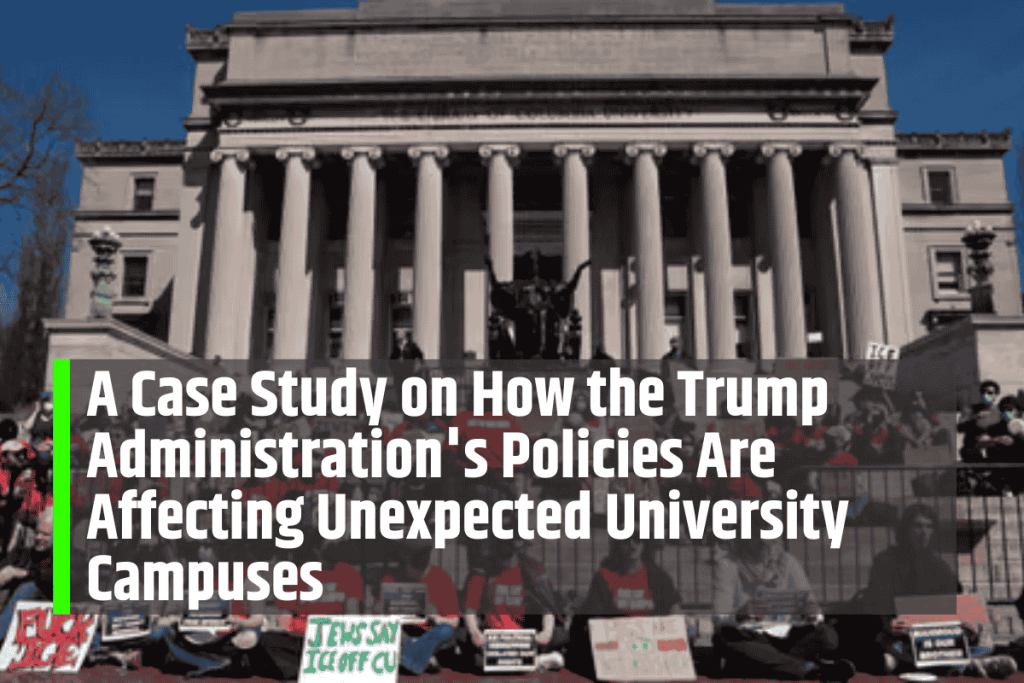Across cities like Boston, Chicago, and Los Angeles—and in smaller towns such as Bloomington, Indiana, and Flagstaff, Arizona—colleges are preparing for an unexpected challenge. Enrollment patterns once stable are faltering. With fewer U.S. high-school graduates projected, international students are no longer a bonus; they are essential for institutional survival.
The Demographic Decline
The United States is entering an era of lower birth rates. Metropolitan areas from Detroit to Phoenix will soon graduate fewer college-ready students. Projections suggest some Midwestern and Northeastern states could see a 20 percent drop in graduates by the early 2030s. Every empty classroom seat means diminished revenue and opportunity.
Regional Impact of Shrinking Cohorts
Declining numbers will not be evenly distributed. Regions like the Midwest and Northeast face steep declines, while even fast-growing Southern metros will feel the slowdown. From Madison to Seattle, schools must plan for reduced demand. This shrinking pipeline magnifies the urgency of attracting students from abroad to fill the gaps.
Why International Students Matter
International students provide more than financial lifelines. They pay largely unsubsidized tuition and sustain programs across disciplines. On campuses from Ann Arbor to Palo Alto, they contribute 15 to 25 percent of total institutional revenue. Their presence enriches classrooms with diverse perspectives and builds cross-cultural understanding essential in a globalized society.
Academic Contributions and Cultural Exchange
Beyond finances, international students enhance academic life. They often drive enrollment in STEM, business, and the arts, attracting leading scholars and peers. Campuses in Durham or Eugene thrive because of this global presence. Without it, students lose exposure to different worldviews, and universities risk diminishing their academic vibrancy and competitiveness.
The Financial Domino Effect
A decline in international enrollment threatens more than tuition revenue. In towns like Bethlehem, Pennsylvania, or Charlottesville, Virginia, schools may face program cuts, reduced scholarships, and layoffs. Humanities departments, already vulnerable, could shrink further.
Some smaller liberal arts colleges have merged or closed—an outcome tied partly to declining international student numbers.
Institutional Contraction Risks
Reduced enrollment forces difficult choices. Colleges may consolidate departments, reduce faculty positions, or shutter entire campuses. In rural Wisconsin or Upstate New York, where state support is limited, these decisions are especially acute. The survival of smaller institutions increasingly hinges on their ability to attract and retain students from overseas.
International Networks as Stabilizers
Cities like San Francisco, Seattle, and Atlanta benefit from international student communities that support universities beyond tuition. These students fuel research, strengthen graduate programs, and enrich innovation ecosystems.
Networks formed through their presence link American institutions with global universities, opening doors to partnerships in countries like China, India, Nigeria, and Brazil.
Long-Term Visibility and Influence
When universities lose international enrollment, they forfeit more than immediate revenue. They risk shrinking their global footprint. Without sustained ties to international scholars and alumni, institutions may struggle to maintain relevance, secure research collaborations, or attract global talent—undermining their influence in the competitive world of higher education.
Strategic Recruitment Efforts
In response, many universities are taking bold steps. Boston institutions invest in overseas recruitment offices, building exchange programs in Europe and Latin America. Denver and Miami colleges rely on virtual fairs and alumni ambassadors to reach Southeast Asia and Africa. These efforts reflect a recognition that international enrollment must be actively cultivated.
Innovation in Outreach
Schools in Minneapolis and Salt Lake City expand hybrid and online programs to reach students unable to travel. Others develop targeted scholarships for top global talent. By broadening recruitment beyond traditional markets, institutions adapt to shifting demographics while appealing to a more diverse range of international applicants.
Economic Stakes for College Towns
University towns depend heavily on student spending. Gainesville, Oxford, and Lawrence thrive on revenue from housing, dining, and transportation. A steep decline in international enrollment would hollow out these economies. Empty apartments, slower cafés, and reduced tax revenue reveal how deeply higher education supports local businesses and municipal vitality.
Broader Community Impacts
When students from Riyadh, Hong Kong, or São Paulo stop arriving, the economic and cultural ripple effects spread quickly. Hotels lose business, retailers see fewer customers, and public transit systems decline. International enrollment sustains not only colleges but also the broader ecosystems of the communities they inhabit.
A Call to Action
Demographics cannot be changed, but responses can. Embracing international students is now a strategic imperative. Institutions should diversify recruitment, expand global partnerships, and advocate for supportive visa policies. By collaborating across regions and sharing resources, colleges can sustain enrollment, enrich learning, and secure long-term financial health.
A Shared Future
From Ivy League campuses in New Haven to state universities in Lincoln, the stakes are high. International students provide tuition, cultural vitality, and global connections. Amid a looming demographic cliff, they represent the heart of U.S. higher education’s resilience. Welcoming the world is not optional—it is the only way forward.











Leave a Comment